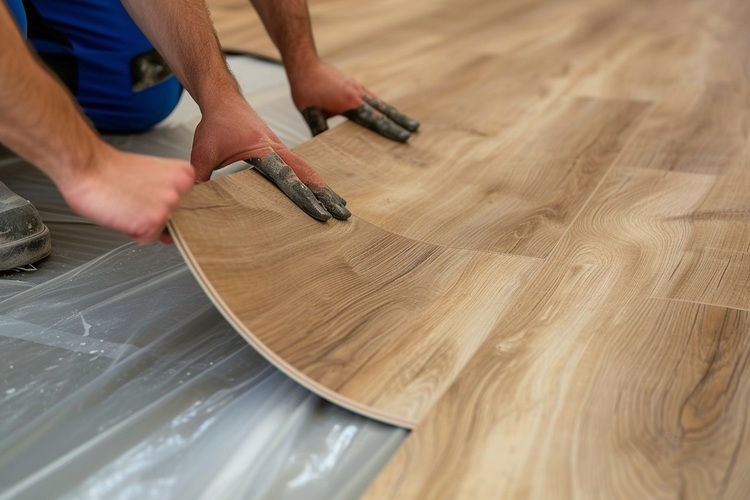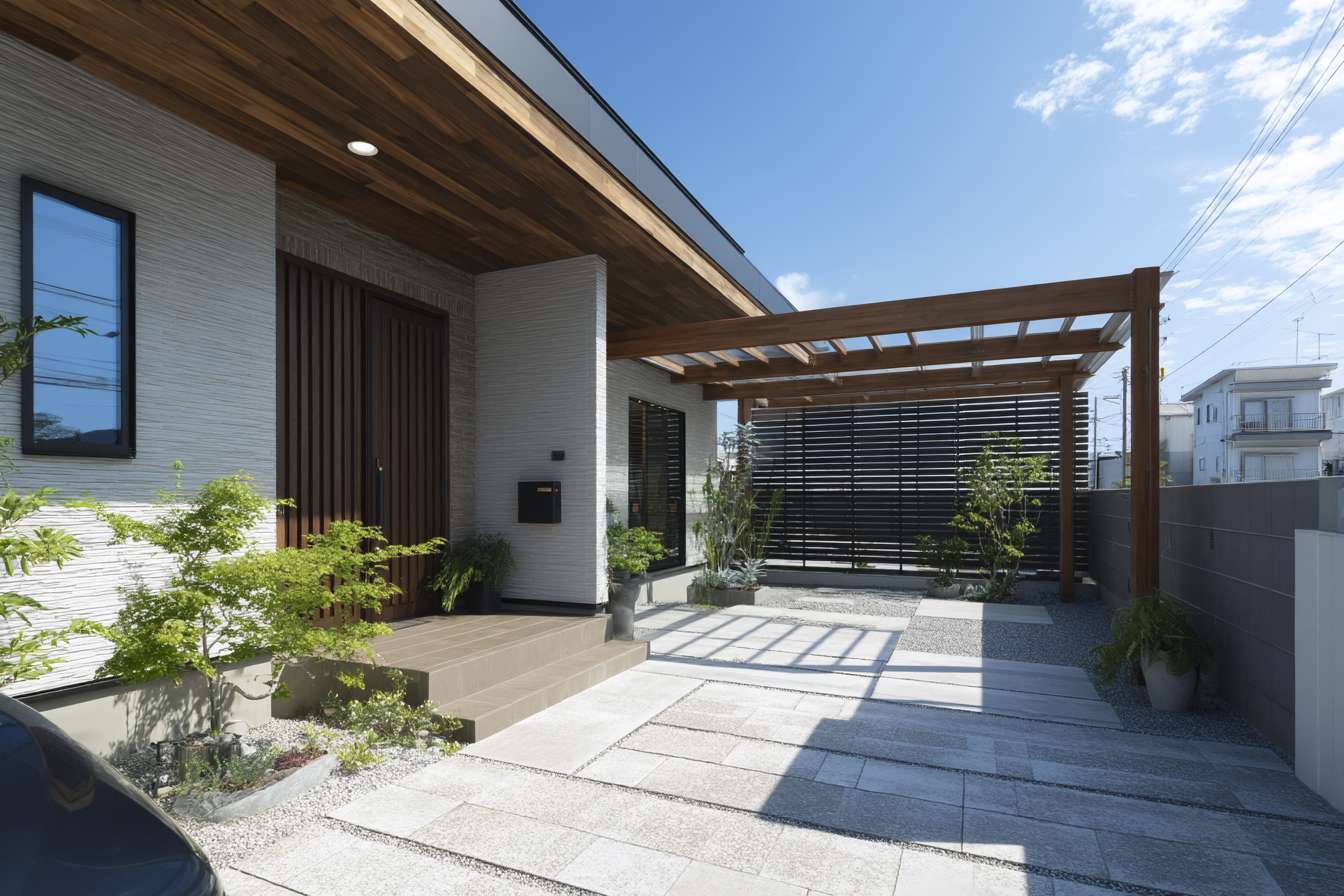Second Hand Doors: Smart Choices for Your Home Renovation
When renovating your home or updating your interior design, doors are often overlooked elements that can significantly impact both aesthetics and functionality. Second hand doors present an eco-friendly and budget-conscious alternative to buying new, offering character and quality that's often missing from mass-produced options. Before making a purchase, understanding what to look for and how to evaluate used doors can make all the difference between a bargain and a burden.

What Should You Consider Before Buying Second Hand Doors?
Before purchasing pre-owned doors, several factors deserve your attention. First, take accurate measurements of your door frame, including height, width, and thickness. Remember that older properties might have non-standard dimensions that differ from modern specifications. Second, consider the door’s material—wood, fiberglass, or metal—and how it will perform in your specific environment. Wooden doors may need more maintenance but offer classic charm, while metal doors provide security but might not match certain interior styles. Finally, think about the door’s design and whether it complements your home’s architectural style, as mismatched elements can detract from your property’s overall appeal.
How Do You Inspect Used Doors for Hidden Problems?
A thorough inspection is crucial when buying second hand doors. Start by examining the door on a flat surface to check for warping or twisting—even minor imperfections can lead to functionality issues later. Look closely at all joints and seams for separation or previous repairs. For wooden doors, probe edges and bottom sections with a screwdriver to detect soft spots that might indicate rot or water damage. Test any hardware—hinges, handles, and locking mechanisms—to ensure smooth operation. Listen for squeaks or resistance that might signal underlying problems. Finally, look for signs of insect damage, particularly small holes or sawdust traces, which could indicate beetle or termite infestations.
What Tools and Skills Do You Need for Installing Second Hand Doors?
Installing pre-owned doors often requires more finesse than hanging new ones. You’ll need basic tools including a tape measure, level, drill, chisels, and appropriate screws for mounting hardware. Skills-wise, you should be comfortable with precise measurements and making adjustments to both the door and frame. Unlike new doors that come ready to install, second hand doors typically need customization—trimming edges, repositioning hinges, or drilling new holes for handles. If the door requires refinishing, you’ll also need sandpaper, primer, paint or stain, and appropriate brushes. For those without carpentry experience, budgeting for professional installation might be worthwhile, especially for exterior doors where security and weatherproofing are essential.
What Are the Environmental and Financial Benefits of Choosing Used Doors?
Opting for second hand doors delivers substantial environmental advantages. Each reused door prevents manufacturing waste and reduces demand for new timber or materials. A standard solid wood door represents approximately 25-30 pounds of material that avoids landfill when repurposed. Financially, second hand doors typically cost 50-70% less than comparable new options. For example, a solid oak door that might cost $300-500 new can often be found for $100-200 in the second hand market. Period or antique doors with distinctive features offer even greater value, as their craftsmanship would be prohibitively expensive to reproduce today. When factoring in the character that weathered wood or vintage design brings, the aesthetic value often exceeds the monetary savings.
Where Are the Best Places to Find Quality Second Hand Doors?
Architectural salvage yards offer the most reliable source for quality used doors, typically providing organized inventories and knowledgeable staff who can advise on historical styles and compatibility. Online marketplaces like Facebook Marketplace and Craigslist feature diverse options but require careful vetting and usually in-person inspection. Habitat for Humanity ReStores stock donated building materials including doors, with proceeds supporting charitable work. For unique finds, estate sales and auctions sometimes include exceptional doors from historic properties, though competition can drive prices higher. Local demolition companies often salvage doors before teardowns and sell them at significant discounts, though selection can be unpredictable and may require regular check-ins to find suitable options.
How Can You Restore and Adapt Second Hand Doors for Modern Homes?
Adapting vintage doors for contemporary settings often requires creative solutions. For doors that don’t perfectly fit existing frames, skilled carpenters can add matching trim pieces to extend width or height without compromising the door’s integrity. Outdated finishes can be transformed through careful stripping and refinishing—chalk paint creates modern farmhouse appeal, while dark stains enhance mid-century elements. For improved energy efficiency, weather stripping can be added to exterior doors, and interior doors can receive modern sound-dampening modifications. Security can be enhanced by installing new locks while preserving original hardware for decorative purposes. Consider glass inserts for solid doors to increase natural light flow, or replace damaged panels with contemporary materials while preserving the door’s frame and structure.
| Restoration Service | Average Cost | What’s Included |
|---|---|---|
| Basic Refinishing | $100-200 | Stripping, sanding, staining/painting |
| Custom Fitting | $150-300 | Trimming, adjusting for non-standard frames |
| Hardware Replacement | $50-150 | New hinges, handles, locksets installation |
| Glass Panel Insertion | $200-400 | Cutting and installing glass with trim work |
| Full Restoration | $350-600 | Complete overhaul including all above services |
Prices, rates, or cost estimates mentioned in this article are based on the latest available information but may change over time. Independent research is advised before making financial decisions.
Second hand doors represent an intersection of sustainability, affordability, and character that’s increasingly valued in today’s renovation landscape. With proper inspection, preparation, and installation, these recycled architectural elements can breathe new life into your spaces while preserving craftsmanship that’s often absent in modern alternatives. By understanding what to look for and how to address common issues, you can confidently integrate these pieces of history into your contemporary living environment.




